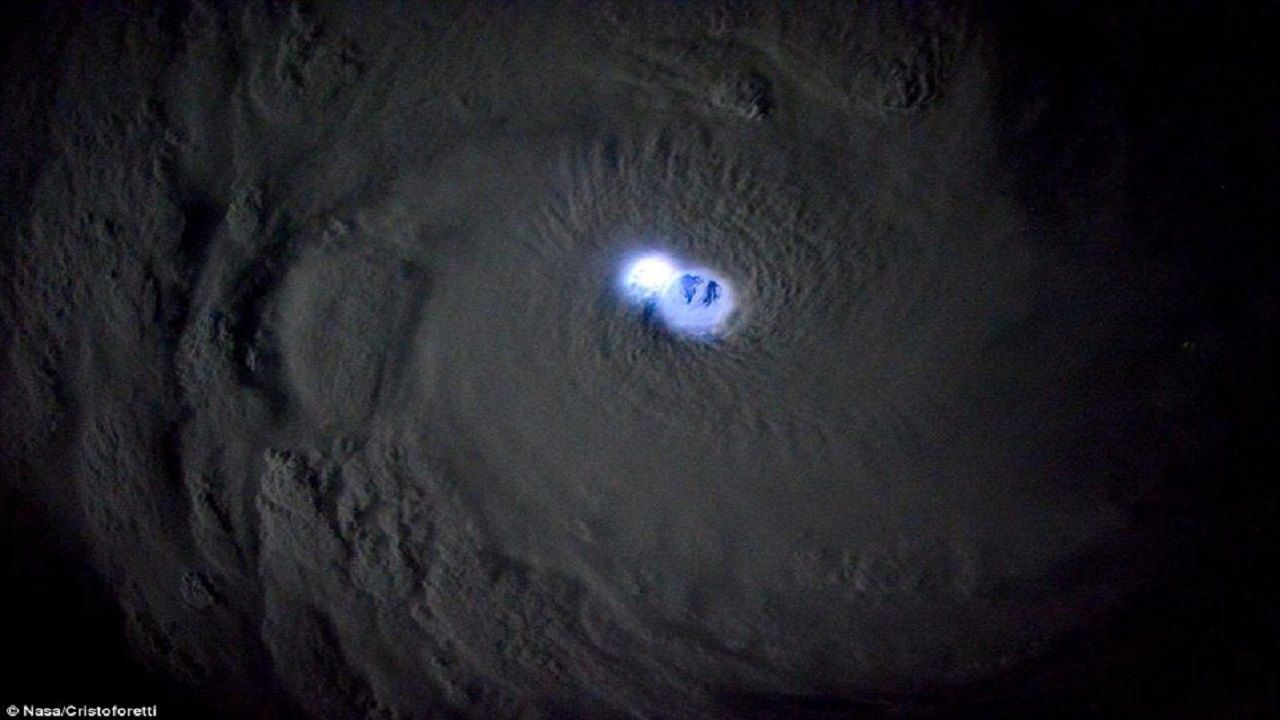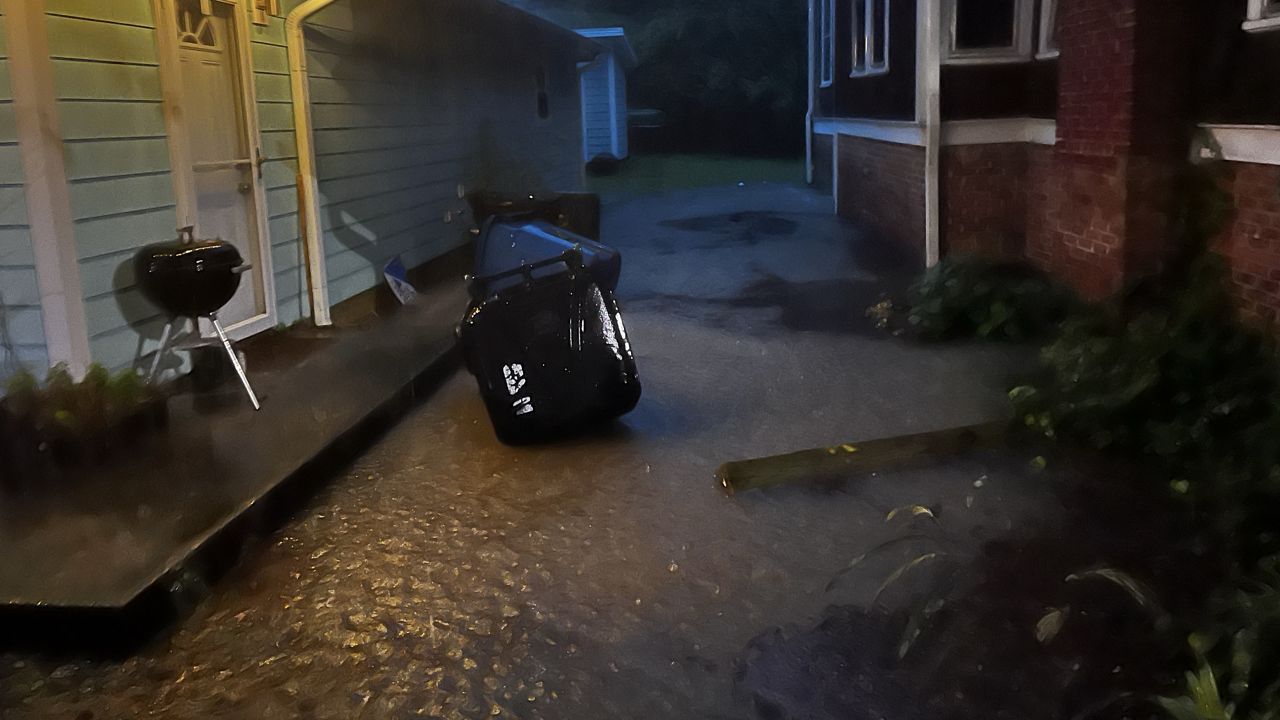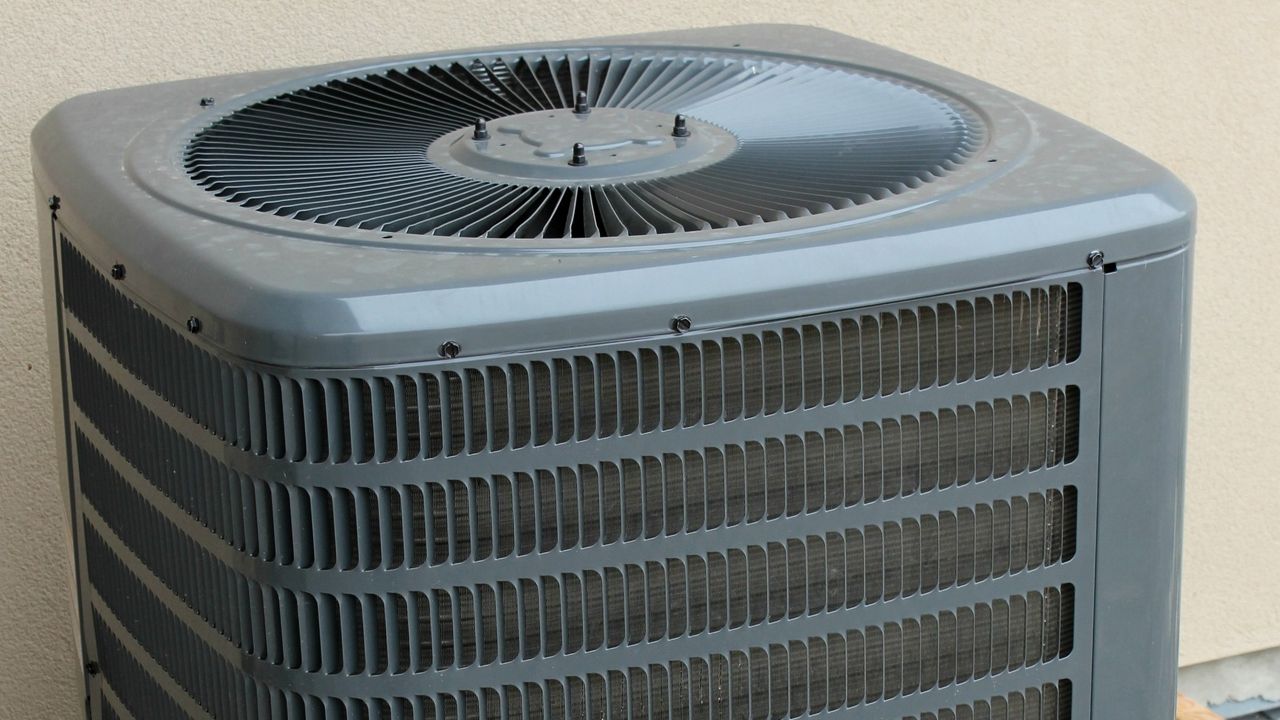Hurricane Michael made landfall to the northwest of Mexico Beach, Florida, as a strong Category 4 hurricane Wednesday afternoon. As the eye of the storm approached land, plenty of lightning could be seen on radar around the eye. While this is not the first time we’ve seen lightning in the eyewall of a hurricane, it is not an extremely common occurrence, but certainly draws attention when it does happen.
- Michael had plenty of lightning around the eye
- This is not a common occurance
- Stronger hurricanes have had lightning near the eyewall; it's still to be determined if there's a link between intensity and lightning in the eyewall
While thunderstorms commonly pack lightning and thunder, did you know that the biggest storms that form on Earth — hurricanes — commonly lack lightning? This is due to the lack of of one necessary ingredient: vertical movement. Lightning occurs when water droplets move upward into the upper levels of the atmosphere and “rub” against ice crystals to form a polarized charge. Hurricanes have primarily horizontal winds, which is why usually we don’t see much lightning.
Other than Michael, hurricanes like Emily, Rita, and Katrina all had extensive lightning. All of these storms were also extremely powerful, violent systems. Furthermore, lightning can also be seen when hurricanes are undergoing an “eyewall replacement cycle,” which results in the strengthening of a storm.
Could there be a connection between lightning and hurricane intensity? The question still remains unanswered, but just goes to show that there is still a lot to learn about hurricanes in the science of meteorology!









